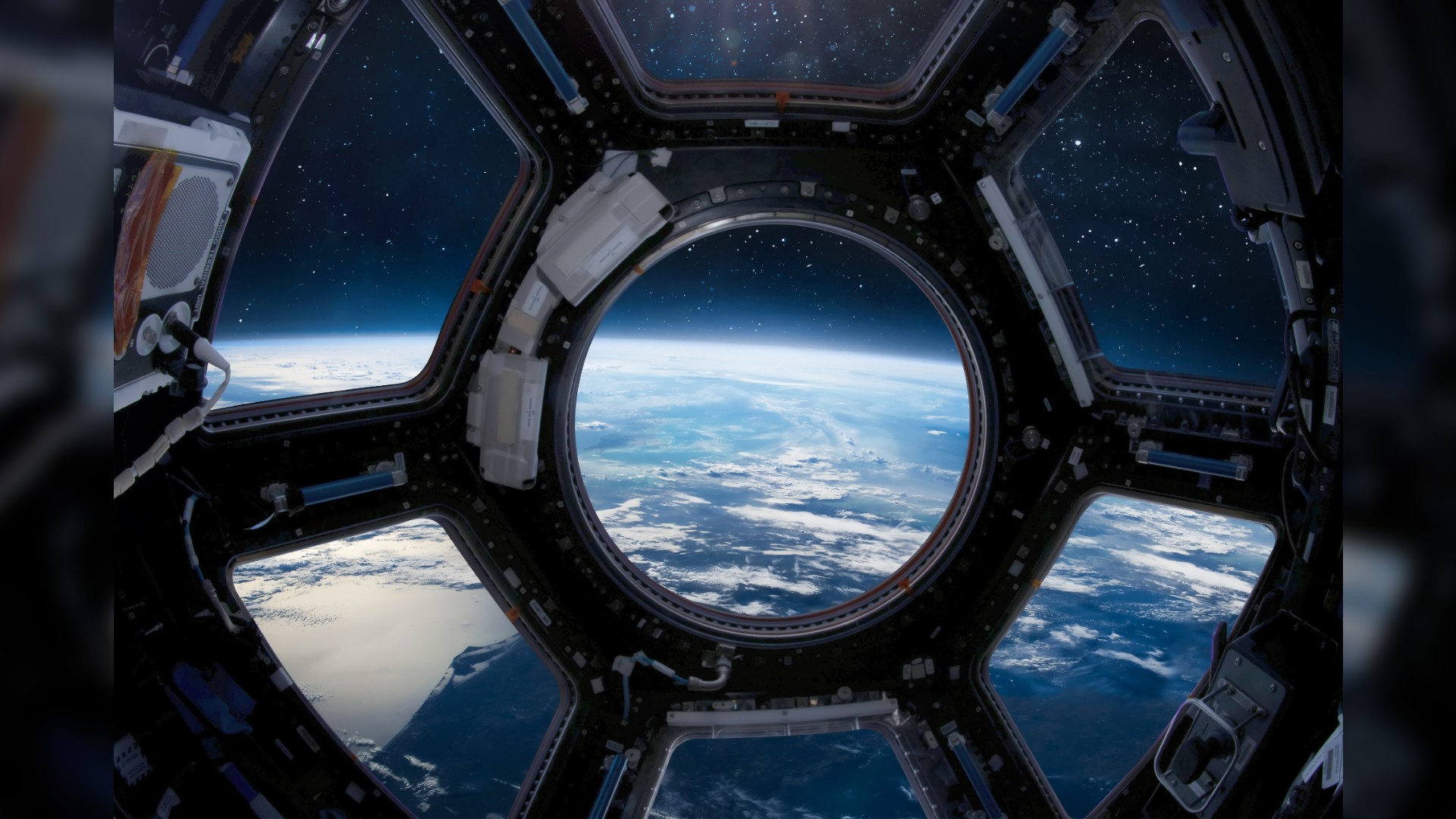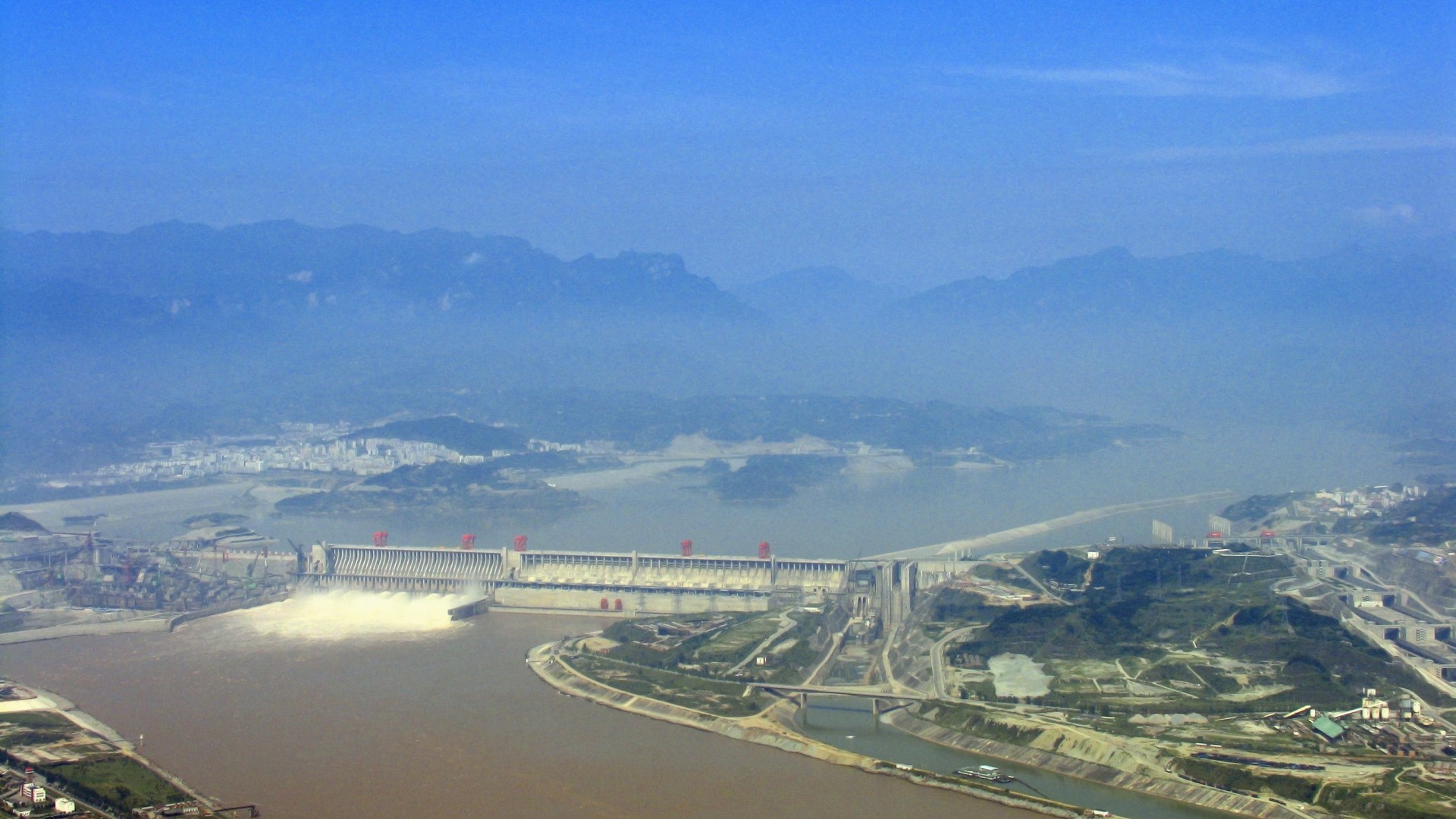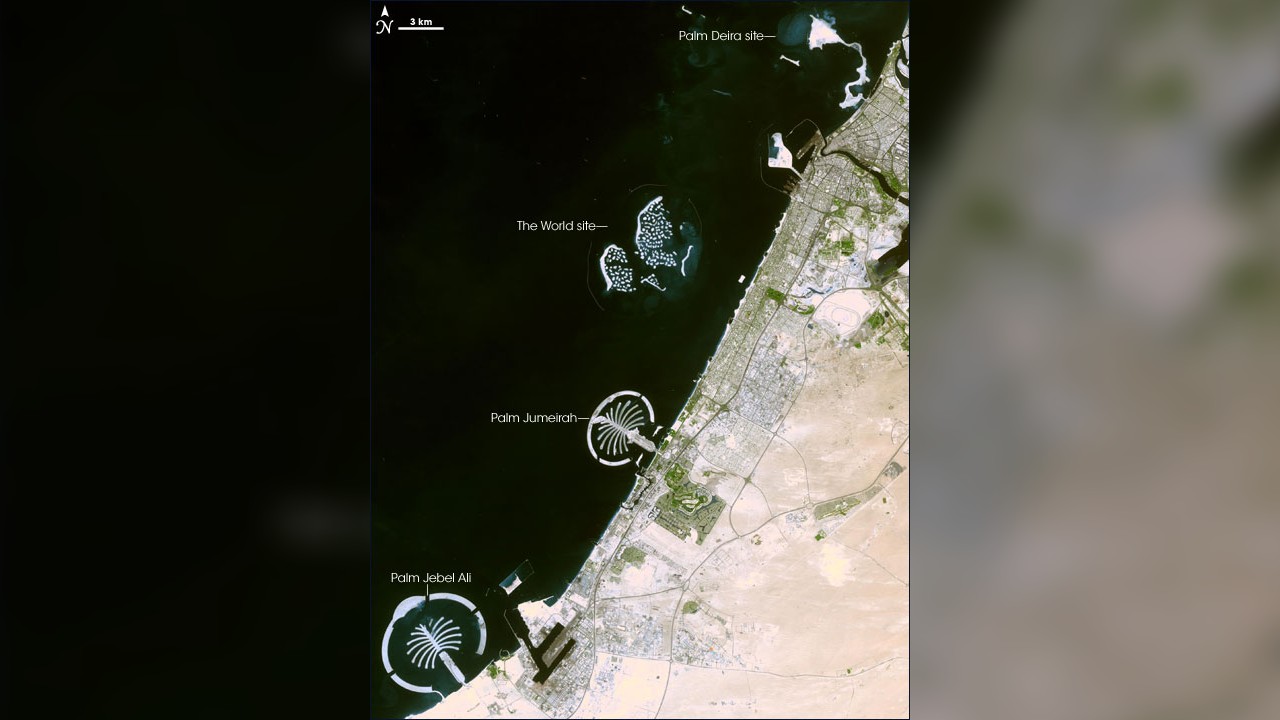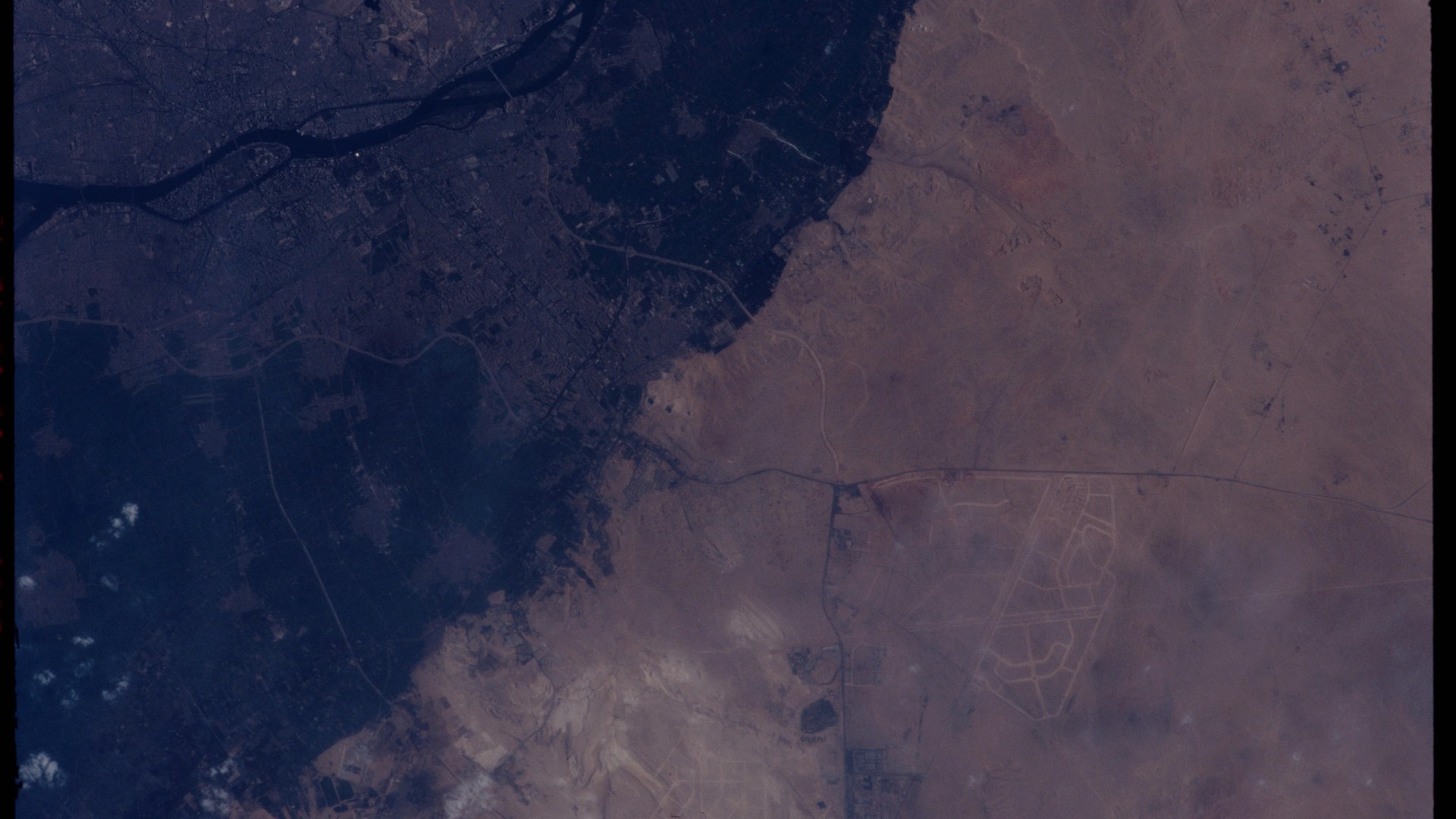
What human-made structures can be seen from space?
Can astronauts see the Great Wall of China? What about the pyramids?

You've undoubtedly heard people say the Great Wall of China can be seen from space. But is that really true? In fact, is it possible to see any human-made structure from beyond Earth's atmosphere?
To answer that question, first we need to define where Earth's atmosphere ends and outer space begins. The Kármán line, named after physicist Theodore von Kármán, is widely considered the boundary between Earth and space. Typically, it's defined as 100 kilometers (62 miles) above our planet's surface.
So, what can be seen from that far up? On a clear day, would someone at the Kármán line be able to see the Great Wall of China or the Great Pyramid of Giza, for example?
Related: What would happen to the human body in the vacuum of space?

In fact, there are a number of human-made structures that can be seen from space. However, they are unlikely to be places that immediately spring to mind.
The Bingham Canyon Mine, which is around 20 miles (32 km) southeast of Salt Lake City, is the largest human-made excavation ever to have existed and is also the deepest "open-pit" mine anywhere in the world, according to the Universities Space Research Association. The mine is so substantial that it is not only visible from the Kármán line without the need for magnification but could also reportedly be seen by astronauts aboard NASA's Space Shuttle, which orbited at an altitude of between 190 and 330 miles (305 to 531 km) above sea level.
The Three Gorges Dam, which spans the Yangtze River in China, is also visible from space, according to NASA. The dam is easily the largest power-producing facility in the world and is thought to be the most expensive hydroelectric dam ever built, France 24 reported. It stands 607 feet (185 m) tall and is more than 1.2 miles (2 km) long.
Sign up for the Live Science daily newsletter now
Get the world’s most fascinating discoveries delivered straight to your inbox.
Another feat of engineering, Dubai's Palm Jumeirah, can also be glimpsed from the Kármán line, according to NASA. And, with an 800 mm (31 inches) lens, the artificial islands can be seen clearly from the International Space Station (ISS), which orbits at an average altitude of about 250 miles (400 km) above sea level.

Some highways, especially those that travel through barren regions such as deserts, can also be picked out depending on the conditions and light, as revealed by Chris Hadfield, a former commander of the International Space Station.
There's a bit of a disagreement among astronauts about whether the Pyramids of Giza can be seen with the naked eye from space. British astronaut Tim Peake suggested that they cannot, but he acknowledged that the massive structures can be viewed relatively clearly through an 800 mm lens. However, Leroy Chiao, a former NASA astronaut and ISS commander, insists he spotted the pyramids while in orbit.
"There is much that can be seen from the ISS, even with the naked eye," Chiao told Live Science in an email. "For example, I once found the great pyramids with a telephoto, and I could pick the two big ones out with the naked eye — so long as the lighting and weather conditions were good — as two tiny dots."
Related: What did ancient Egypt's pharaohs stash inside the pyramids?

So, what about the Great Wall of China, the most famous example of all? This myth is officially busted. The Great Wall of China cannot be seen from space with the naked eye, and it is certainly not visible from an orbiting spacecraft. Hadfield confirmed this to be the case in a tweet, writing that "It's too narrow, + follows the natural contours & colours" of the geography.
In fact, Chiao — who took the first picture of the Great Wall of China from space — admits he couldn't see the wall when he took the photo.
Chiao also noted that various cities are visible from space — a claim that's supported by former NASA astronaut Clayton Anderson, who spent 152 days living on the ISS in 2007.
"We can see cities as gray blobs just by looking through the window," Anderson told Live Science in an email. "One of my favorite cities, Omaha, Nebraska, first appeared to me as a big gray blob, and its sister city Lincoln, which is much smaller, appeared as a not so big gray blob!"
Anderson added that he could also clearly see the areas behind some dams where the water had built up, but would be "hard-pressed to fully confirm that I actually saw the dam itself."
With regard to the most inspiring natural phenomenon seen from space, Anderson said that, although it's a "tough question to answer, the Sahara was a personal favorite," he said. "Every time I flew over it seemed different, especially through a camera lens."
Originally published on Live Science.

Joe Phelan is a journalist based in London. His work has appeared in VICE, National Geographic, World Soccer and The Blizzard, and has been a guest on Times Radio. He is drawn to the weird, wonderful and under examined, as well as anything related to life in the Arctic Circle. He holds a bachelor's degree in journalism from the University of Chester.









